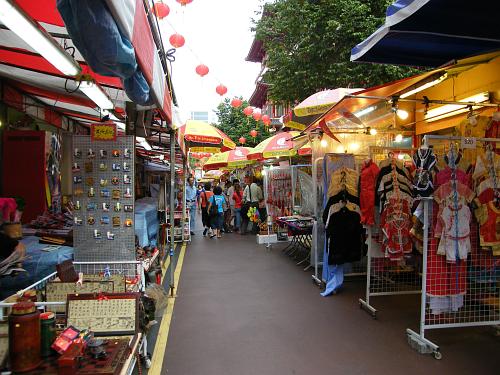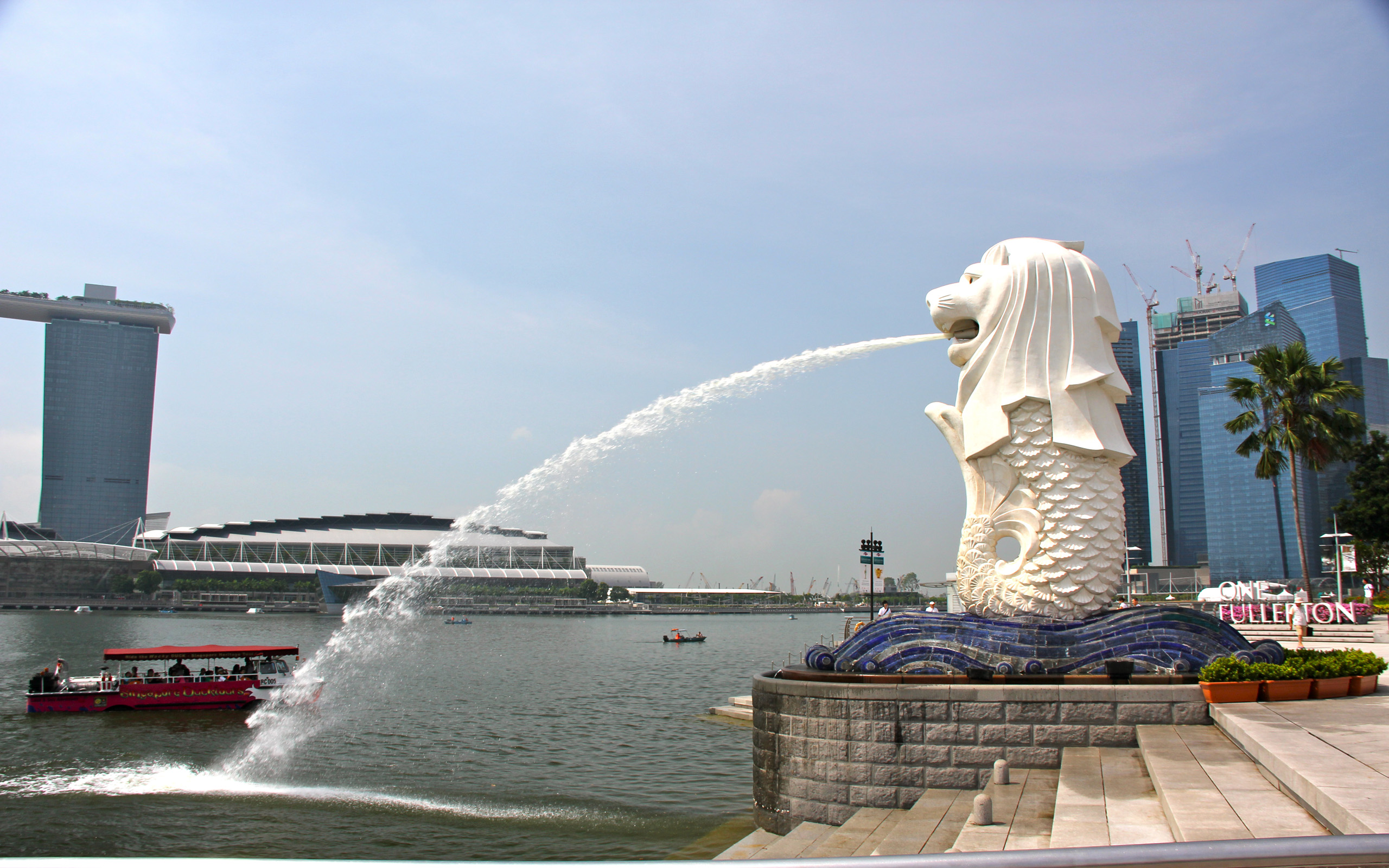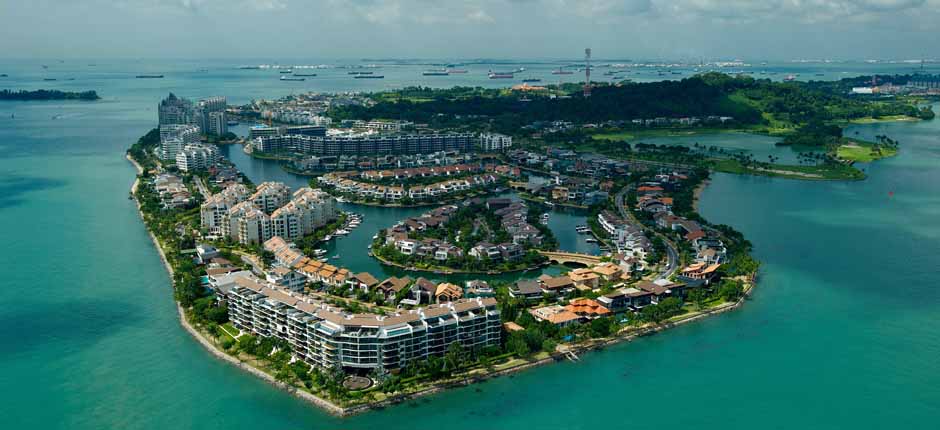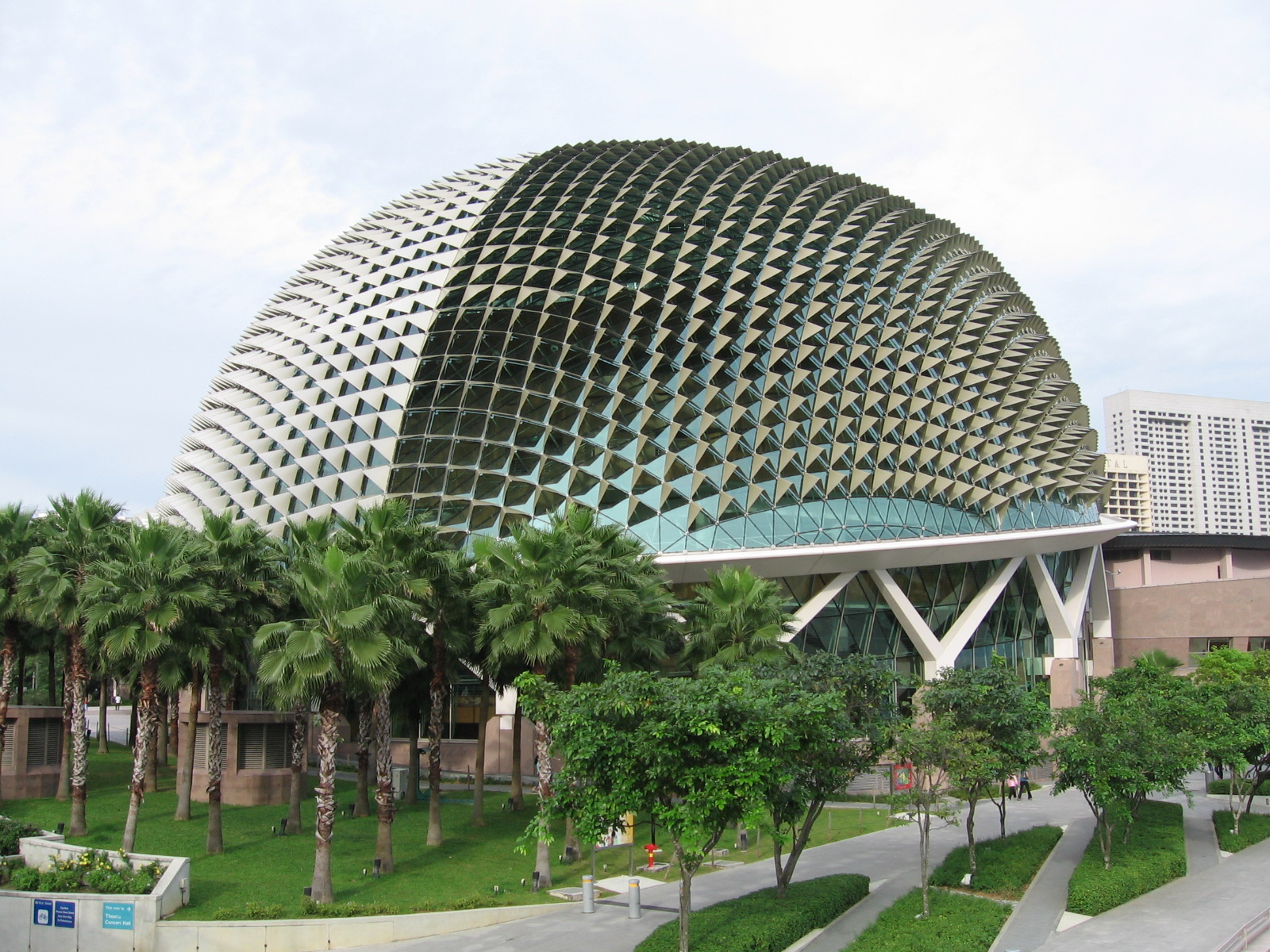Singapore /Singapore /Singapore
Sight Address : 12 Teck Lim Rd, Singapore 088387.Edit
Detail InformationEdit
Singapore’s Chinatown is an ethnic neighbourhood featuring distinctly Chinese cultural elements and a historically concentrated ethnic Chinese population. Chinatown is located within the larger district of Outram.As the largest ethnic group in Singapore is Chinese, Chinatown is considerably less of an enclave than it once was. (Note: The name Chinatown (唐人街) is given by the British and today usually used by non-Chinese Singaporeans, whereas Chinese Singaporeans usually use the term Niu Che Shui (牛车水) as the term Chinatown (唐人街) usually refers to enclaves of Chinese people in regions where Chinese people are the minority ethnic group.) However, the district does retain significant historical and cultural significance. Large sections of it have been declared national heritage sites officially designated for conservation by the Urban Redevelopment Authority.Singapore’s Chinatown is the traditional Chinese quarters of town, and while the entire city is largely Chinese these days the area does retain some of its own charm. The area is also known as Niu Che Shui (牛车水) in Chinese and Kreta Ayer in Malay, both names meaning “bullock cart water”, a reference to the carts that used to haul in drinking water.The area between Pagoda Street and Smith Street has been tarted up considerably for tourists, but workaday Chinatown continues south and east, merging seamlessly into the Central Business District. Tanjong Pagar is the unofficial home of Singapore’s gay community, with many watering holes in restored shophouses, while Club Street caters more to the expat and yuppie crowd with small, intimate eateries offering excellent (if pricy) Western fare.
HistoryEdit
Wang Dayuan visited Singapore (then called Temasek or Dan Ma Xi) in 1330 and recorded that there was a Chinese community. This would make Singapore one of the oldest Chinatowns, as well as the largest.Under the Raffles Plan of Singapore, the area originally was a division of colonial Singapore where Chinese immigrants tended to reside. Although as Singapore grew, Chinese immigrants settled in other areas of the island-city, Chinatown became overcrowded within decades of Singapore’s founding in 1819 and remained such until many residents were relocated at the initiation of Singapore’s governmental Housing Development Board in the 1960s.In 1822, Sir Stamford Raffles wrote to Captain C.E. Davis, President of the Town Committee, and George Bonham and Alex L. Johnson, Esquires, and members, charging them with the task of “suggesting and carrying into effect such arrangements on this head, as may on the whole be most conducive to the comfort and security of the different classes of inhabitants and the general interests and welfare of the place.He went on to issue instructions, as a guide to the Committee, which included a description of Singapore Town generally, the ground reserved by the government, the European town and principal mercantile establishments and the native divisions and “kampongs”. These included areas for Bugis, Arabs, Marine Yard, Chulias, Malays, Markets and Chinese Kampongs, the present-day Chinatown. Raffles was very clear in his instructions and his guidelines were to determine the urban structure of all subsequent development. The “five-foot way”, for example, the continuous covered passage on either side of the street, was one of the public requirements.Raffles foresaw the fact that “it may be presumed that they (the Chinese) will always form by far the largest portion of the community”. For this reason, he appropriated all of the land southwest of the Singapore River for their accommodation but, at the same time, insisted that the different classes and the different provinces be concentrated in their separate quarters and that these quarters, in the event of fire, be constructed of masonry with tiled roofs.This thus resulted in the formation of a distinct section titled Chinatown. However, only when parcels of land were leased or granted to the public in and after 1843 for the building of houses and shophouses, did Chinatown’s physical development truly begin.
Must SeeEdit
Attraction
Visiting TimeEdit
5 pm to 11pm.
Closed OnEdit
N.A.
Best Season to VisitEdit
June to July and November to December.
Best Time To VisitEdit
N.A.
Time Required for SightseeingEdit
1-2 hours.
Ticket Required : No Edit
Individual National Adult : N.A.
Kids : N.A.
Individual Foreigner Adult : N.A.
Kids : N.A.
Still Photo Camera : N.A.
Video Camera : N.A.
Guide Required : No Edit
Approximate cost: N.A.
Dress Code (If Any) : No Edit
Dress Require: N.A.
Restaurants NearbyAdd / Edit
- Tak Po Pte Ltd ; 42 Smith St Singapore 058954 ; Ph/M – 65 6226 3683 ; Food Serve – Chinese Restaurant:-prawn · dumplings.
How to ReachEdit
Taxi : Taxis are generally very hard to get during peak hours (Mon-Fri 7:00am – 9:30am and Mon-Sat 5:00pm – 8:00pm) and on rainy days. If you are at a hotel, have conceirge call you a taxi. If you are out about town and have access to a cell phone- calling for a taxi will cut your wait time by 20 to 30 minutes. All taxis are fitted with meters; all are air conditioned; the majority of the taxis are 5-seaters; about 90% of taxis have radiophones; call booking is done via GPS or digital voice dispatch. All passengers must fasten their seat belts by law.
For taxi Booking fee is SGD $2.3. Minimum fare for taxi is SGD $3 for first 1Km. Fare above minimum fare until 10Km is SGD $0.55 per Km. Fare above 10Km is charge SGD $0.628 per Km. Taxi Waiting charges per hour is SGD $17.6. Peak Hours charges is diffrent.
Bus : Public buses run daily from 5.30am to midnight. Extended night services cost slightly more (a flat rate ranging from $1.50-$3.00). Otherwise, most fares depend on distance travelled and range from 67 cents to $1.58 for air-conditioned comfort (almost all public buses in Singapore have air-conditioning today). There are also “feeder” bus services that charge a flat rate of 67 cents. Each bus should not take more than 15 to 20 minutes to arrive at the bus stop.
Train : Singapore MRT system is very well connected to different parts of Singapore and very clean! If you have the time and plan to explore around little Sunny island, get the the Singapore Tourist Pass!
It runs 6am-12mn, fares start at S$1 (70cents in EZ link). Tickets can be purchased in all MRT stations. You just have to insert your money through the ticket machine. Rush hour’s usually 7am-9am, 11am-2pm and 4pm-7pm.
Air : Changi Airport is the country’s main airport. From the airport there are a number of ways to get into the city:
Taxi is easiest – simply follow the signs after clearing customs. Meters are always used in Singapore and prices are reasonable. A trip to the city during the day will be between $20-$30 including $3-5 airport surcharge. An additional 50% surcharge applies between midnight and 06:00.
Limousines charge a flat $50 to anywhere in the city and are a pretty good deal after midnight, as you can skip the queue and avoid the surcharge. The same pricing applies to chartering van-sized MaxiCabs, which are good for large families or if you have lots of baggage.
Shuttle – Shared six-seater MaxiCab shuttle service to designated areas/hotels costs $7 and can be booked in advance or in the arrivals hall. 6AM-2AM, every 15-30 min.
Subway – MRT trains run from a station between T2 and T3, but you’ll need to change trains at Tanah Merah to a city-bound train: just exit through the left hand side door and cross the platform. The 30 min ride to City Hall station costs $1.90 plus a refundable $1 deposit, and trains run 05:31-23:18.
Bus – Bus terminals can be found in the basements of T1, T2 and T3. 06:00-23:59 only. Fares are less than $2.00, exact fare required (no change given) if you pay cash.
Others : N.A.
Things to CarryEdit
Safety / WarningEdit
- Please be advised that all bags and personal items are subject to inspection.
HelplineEdit
- Police: 999
- Emergencies/Ambulance/Fire Brigade: 999
- Police Hotline: 1800 353 0000
- Non-emergency ambulance: 1777
- Flight Information (24-hours): 1800-542 4422
- Tourism Information (24-hours): 1800-736 2000




